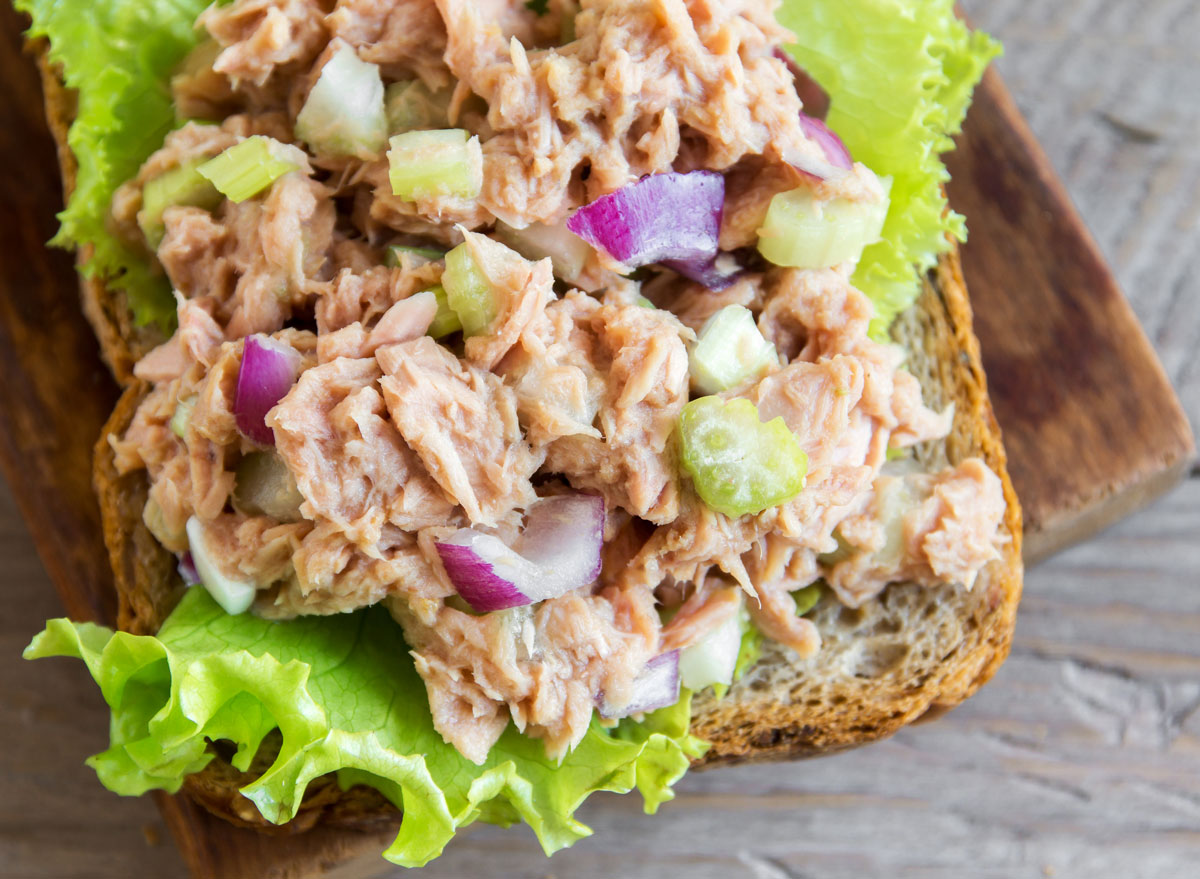
This process was pioneered by the Romans, Indians, and Chinese ancients. Buddha instructed the world about salt storage and collection in the early fifth century BC. The Romans used ceramic containers called "briquetage" to collect the brine. Workers scraped up the concentrated salt and washed away the impurities. They then used the brine to pour into shallow pans. The workers then sold dried and powdered sea salts to the colonial New World. In the New World slaves from Africa were brought to rake salt on several islands in West Indies such as the Bahamas and Turks and Caicos Islands.
Most people know the basics of table salt. However, not everyone is familiar with how sea salt is made. Table salt's main ingredient is sodium chloride. However, sea salt contains other minerals like magnesium, iron and calcium. These minerals are in small quantities in sea salt. They are also present in salt crystals. It is best to avoid excessive consumption of this mineral, but adding a few drops to your favorite dish can add additional nutrition and nutrients.

The most popular type of salt is sea salt. It comes from warm climates. Sea salt is extracted by filling manmade swimming pools with salt water. The water then evaporates. The crystals will remain behind when the water evaporates from the pool. These man-made pools are called "salt works." Salt is harvested in many different ways. The process of harvesting salt can take several billions of year.
Sea salt production is a complex process. The first step is the extraction of seawater. The first step is to evaporate the water from the ocean. The water is left in the water for a few days to dry and to concentrate. Once the process is complete, sea salt is ready for sale. The final product will be labeled "unrefined" or "refined". The unrefined sea salt can be grey or contain marine bacteria or trace minerals that contribute to its complex flavor.
The process of harvesting sea salt is very simple. The salt crystals form at the bottom of the water and are nearly dry. To remove impurities, you can pour off water and scrape off the salt's top layer. This is a great way of collecting sea salt. It is extremely affordable and widely distributed. It is widely available in many nations. The salt can be used by humans once it is harvested. It is versatile in its use.

Extracting salt from seawater is similar to extracting salt water. However, each salt is treated differently. Some sea salts are harvested from the sea, while others are extracted from the earth. In the latter case, the extraction of the salt is done using chemicals. To obtain iodine, minerals are removed from seawater. Salt is also processed to get rid of minerals that make it edible.
FAQ
Where can I purchase high-quality kitchen equipment
You can buy high-quality kitchen gear online. All kitchen tools can be purchased online at a number of sites. Before you purchase any kitchen equipment, ensure that you have read all reviews and rated it before buying. Ask other owners if they have any recommendations.
How Long Does it Take to Become a Chef? What is the average career path?
The average time it takes to become a chef is five years. You will learn basic cooking techniques, and get experience as a chef assistant. You can apply for line, sous or executive chef positions after you complete your training. The salary range for a chef is between $25,000 to $60,000 per annum.
Is there a better way to learn to make delicious meals?
Cooking is one of those things that everyone should know how to do. Cooking is a skill that will allow you to enjoy delicious food. You must start by finding a recipe you enjoy and following it closely when you learn to cook. Next, you'll want to practice making small changes to the recipe until you feel comfortable making the dish yourself. Next, you can cook for others. This will help you improve at cooking and also allow you to test your skills.
Statistics
- under 10 Kids have been taught that there is special food just for them, and Fiese says that 10 percent of kids will throw a tantrum if they don't get the food they want. (washingtonpost.com)
- The median pay for a chef or head cook is $53,380 per year or $25.66/hour, according to the U.S. Bureau of Labor Statistics (BLS). (learnhowtobecome.org)
- In the United States, the category is estimated at $23.2 billion annually and is growing faster than the market. (washingtonpost.com)
External Links
How To
How to make a perfect omelet
Omelets is one of my favourite breakfast foods. How can you make them perfectly? I have tried many different recipes and methods, but none of them work. So I am sharing some tips and tricks today to help you make fluffy, delicious omelets every morning.
We should first know that eggs are very temperamental ingredients when making omelets. They must be fresh, preferably from the organic market, and be kept cold until cooking. If you don't keep them cold enough, the whites won't form properly, and the yolks will break down too much and become runny. Your omelets will look strangely colored if this happens. If you want to make omelets right away, it's best not to use eggs that are too cold.
Another tip is to separate the egg before adding it to the pan. It is important not to allow any white to mix with the yolk as this could lead to the omelet becoming curdled.
If you add the egg directly onto the stovetop, you might end up burning the bottom part of the egg, which would ruin the texture of your omelet. Instead, place the egg in the microwave for 10 second before you put it in the skillet. The microwave heat will cook the egg just right without making it too hot.
Next, let's talk about mixing the eggs. When mixing eggs, it is important to thoroughly beat them. Turn the bowl upside down and grab the whisk to do this. Then shake the bowl vigorously. This way, the air inside the bowl gets whipped around and mixes the egg thoroughly.
The fun part begins - you need to pour the milk into your mixture. Mix half of the milk with the eggs. Then fold the eggs in half into the remaining milk. Don't worry if there are still streaks of egg visible; these streaks will disappear once you flip the omelet.
After you have done folding the eggs, heat the pan on medium heat. The oil will start to smoke. Add 1/4 cup butter to the oil and swirl it around to coat all sides of the pan. Carefully open the pan's lid and add salt to the pan. The salt will help to prevent the omelet's sticking to the pan.
Once the omelet has formed, cover the pan again and wait for the top side to set completely. Flip the omelet over using a spatula or flip the pan upside down. Cook the other side for another minute or two. Take the omelet out of the pan and immediately serve.
This recipe is best when used with whole milk. But, you can use skimmed milk as well.